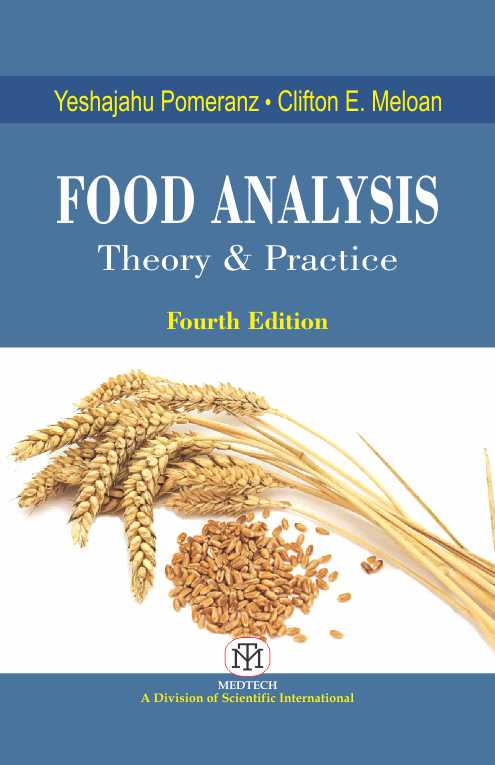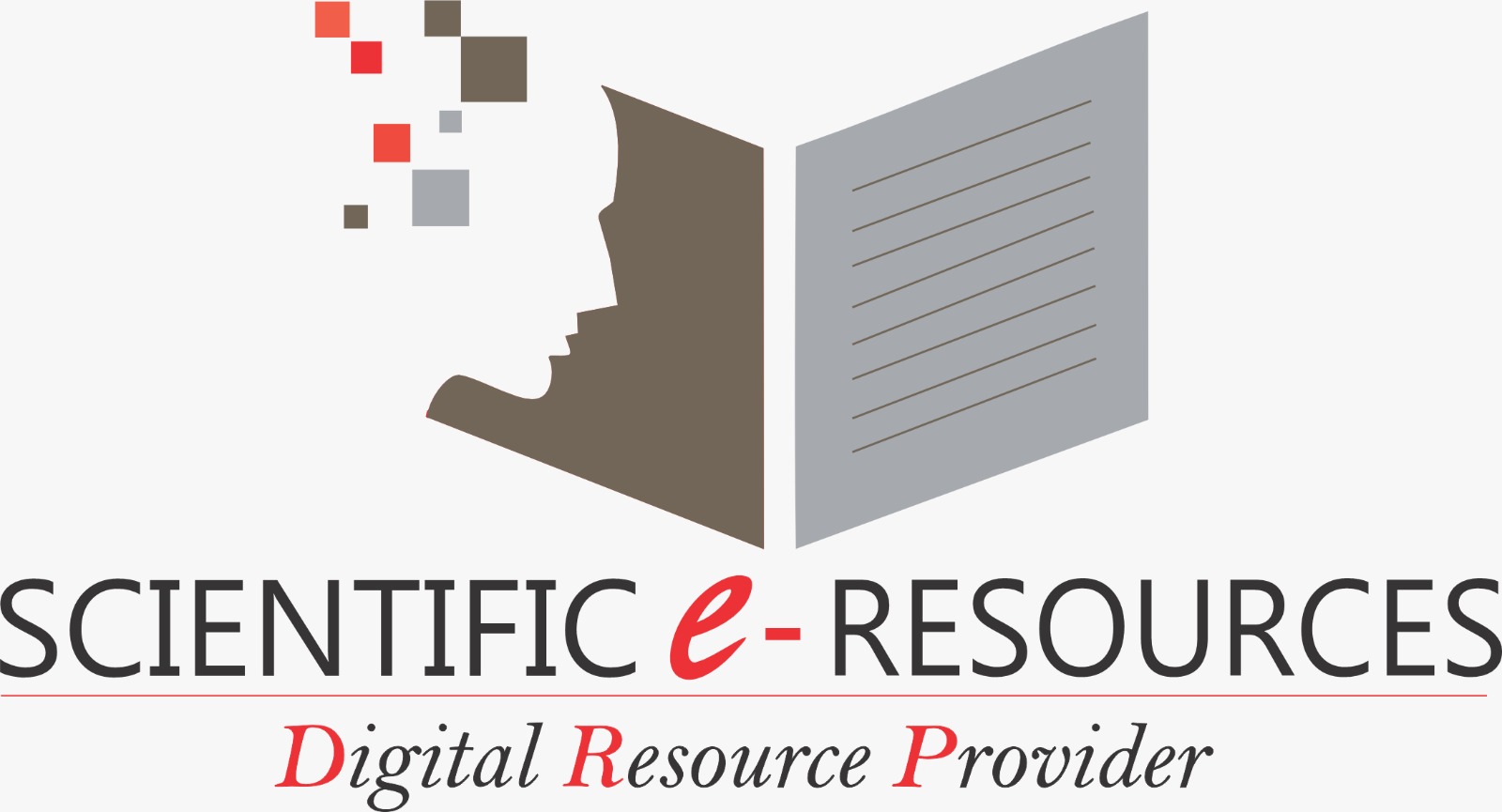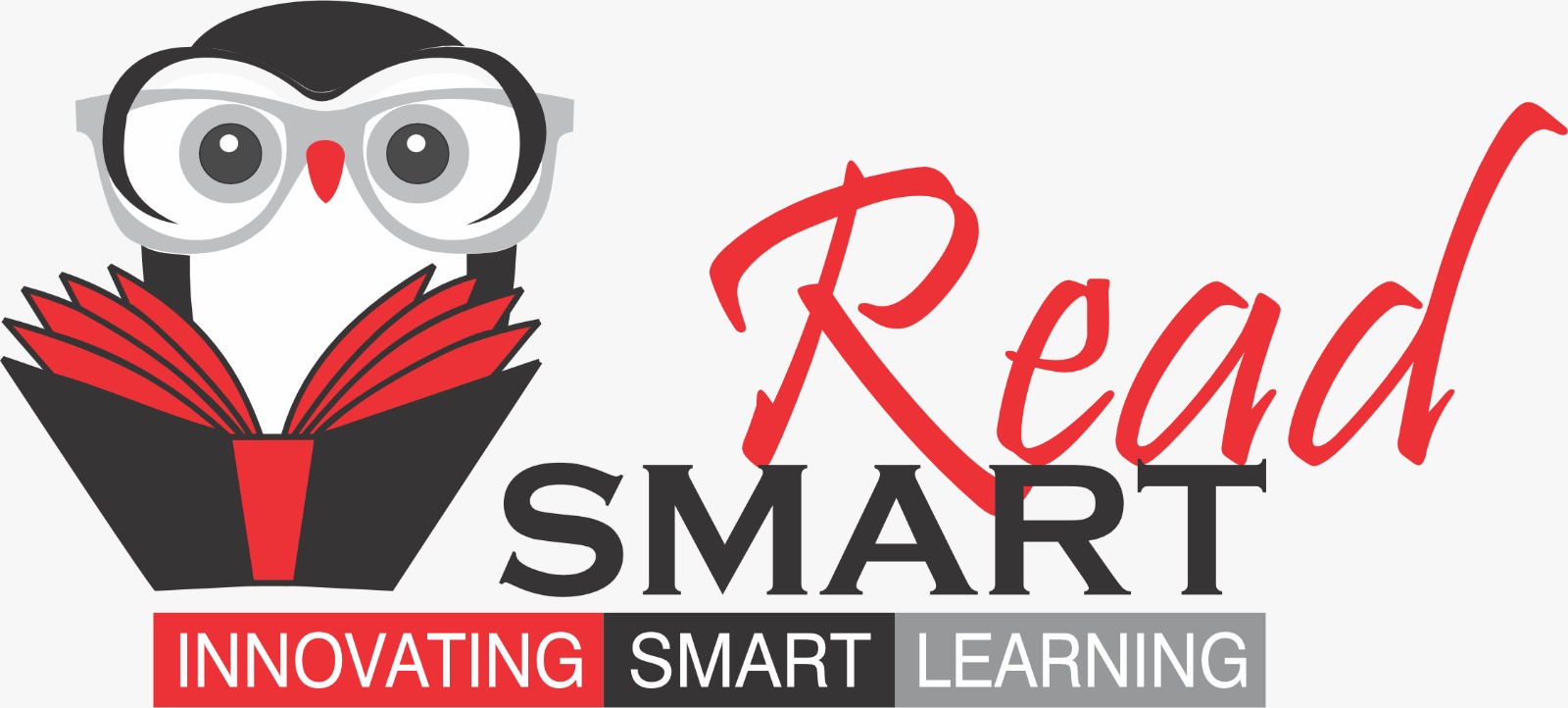Scientific International is a leading publisher of high-quality academic and scientific books across various fields. Our publications are authored by esteemed experts from India and globally, known for their academic excellence and pedagogical approaches. We publish under the MedTech imprint, a rapidly growing platform covering numerous disciplines. Our mission is to provide cutting-edge, accessible content that inspires curiosity and fosters learning, contributing to the global academic community and supporting students, professionals, and researchers worldwide.
Associated partner

FOOD ANALYSIS: THEORY & PRACTICE,4/ED
Rs. 695
| Attribute | Details |
|---|---|
| ISBN | 9789386800664 |
| Author | POMERANZ |
| Subject | Food Science |
| Binding | Paperback |
| Total Pages | |
| Copyright Year | 2020 |
Note : Price subject should be change on the website.
In preparation of the manuscript, we followed the recommendations for subject coverage in a textbook of food analysis for students of food science and technology. Basic principles are stressed, rather than details of analytical methods. Although the emphasis has been on modern and sophisticated instruments and methods, we have described also the classical procedures that have been in use for many years. In chapters devoted to instrumentation, we have attempted to provide the background theory that is required for understanding the principles of each instrumental assay. Included are diagrams and descriptions of typical instruments, information on their application and precision, and sample problems with detailed solutions. In the sections devoted to applications, qualitative and quantitative aspects of the basic instruments and procedures are discussed in terms of their numerous analytical and instrumental procedures. This book has been designed for use as a text by undergraduate students majoring in food science and technology, and as a survey of modern analytical techniques and instruments for the worker and researcher in the field of food analysis. Brief Contents: Section–I: General—Searching the Literature • Sampling • Preparation of Samples • Reporting Results and Reliability of Analyses. Section–II: Methods and Instrumentation—Theory of Spectroscopy • The Visible and Ultraviolet Regions • Color of Foods • Fluorescence and Phosphorescence • Infrared Spectroscopy • Flame Photometry and Atomic Absorption • X-Rays • Potentiometry • Coulometry • Conductivity • Electrophoresis • Voltametry (Polarography) • Mass Spectroscopy • Nuclear Magnetic Resonance • Radioactivity and Counting Techniques • Column Chromatography • Paper and Thin-Layer Chromatography • Gas-Liquid Chromatography • Extraction • Centrifugation • Densimetry • Refractometry • Polarimetry • Rheology • Serology, Immunochemistry and Immunoelectrophoresis • Enzymatic Methods • Analytical Microbiology. Section–III: Applications and Chemical Composition—General Remarks • Determination of Moisture • Ash and Mineral Components • Carbohydrates • Lipids • Nitrogenous Compounds • Objective versus Sensory Evaluation of Foods • Index.





 Continue With Google
Continue With Google
 Continue With Facebook
Continue With Facebook
